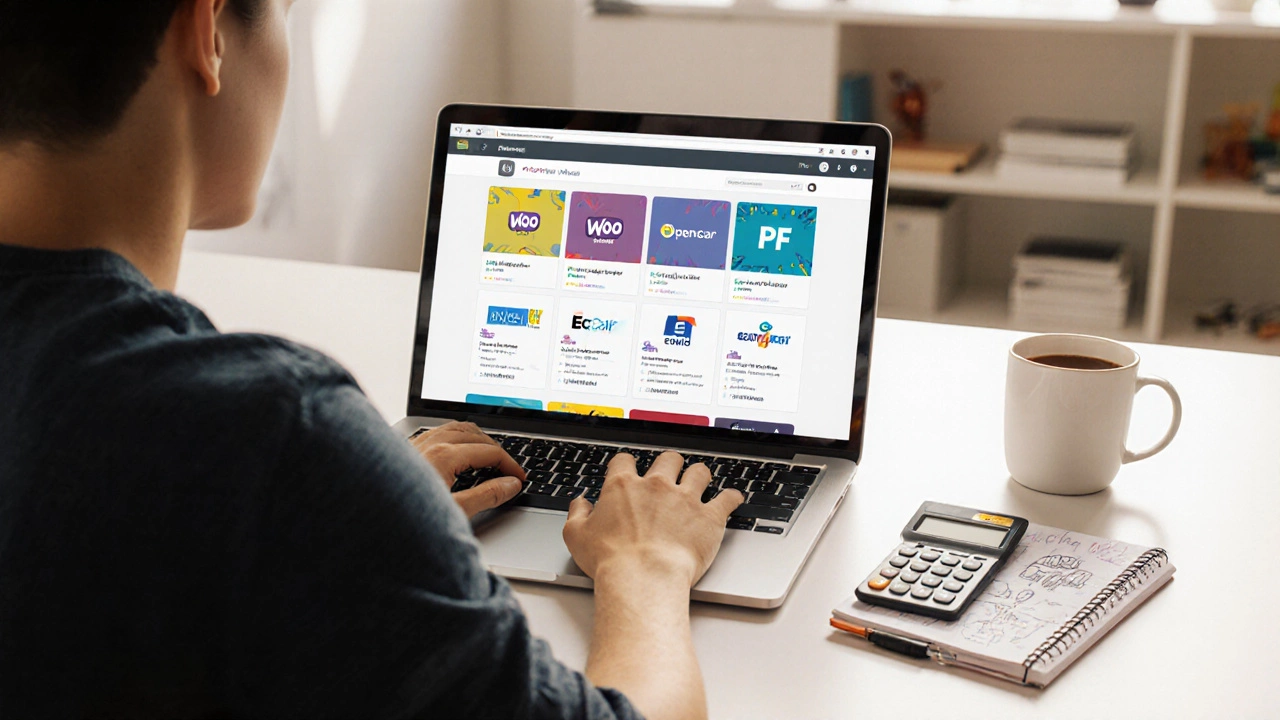Dreaming of an online shop but scared of the price tag? You don’t need a huge budget to get started. There are several free tools that let you create a functional store, add products, and accept payments without paying a pound upfront. The key is to pick the right platform, keep an eye on hidden fees, and focus on the basics that actually drive sales.
Most people jump straight to the big names like Shopify, but those plans start at a cost. For a truly free start, look at options such as Ecwid Free, Square Online, or WooCommerce on a free WordPress host. They all let you list products, set up a simple checkout, and customize the look with templates. Ecwid’s free plan supports up to 10 products, which is perfect for a test run. Square Online doesn’t charge a monthly fee but takes a small transaction charge, so you only pay when you make a sale.
When evaluating a platform, ask yourself:
Answering these questions helps you avoid surprises later on.
Once you’ve chosen a platform, the next step is to get your store live. Start with a clear, memorable name and a free sub‑domain (e.g., mystore.ecwid.com). Upload high‑quality photos—smartphone shots work fine if you use good lighting. Write concise product descriptions that focus on benefits, not just features.
Don’t spend time on fancy animations or premium themes at this stage. A clean layout with easy navigation will keep visitors on your site longer and improve conversion rates. Most free platforms include basic SEO settings—fill in meta titles, descriptions, and add alt text to images. These small tweaks help Google find your store without any extra cost.
Next, set up a payment method. PayPal and Stripe both work with free plans and only charge a small percentage per transaction. Connect the account, test a sandbox purchase, and you’re ready to accept real orders.
Finally, think about shipping. If you’re selling locally, offer free or flat‑rate shipping to keep the checkout simple. For larger orders, consider using a free shipping calculator plugin or manually add shipping costs in the product settings.
Remember, the goal is to launch fast, start selling, and then reinvest profits into upgrades—like a custom domain or a paid theme—once you see real revenue.
By following these steps, you can have a functional, free ecommerce store up and running in a weekend. The biggest barrier is usually the belief that a free solution can’t be professional, but with the right platform and a focus on the basics, you’ll be surprised how well it performs. Start small, test the waters, and let the sales speak for themselves.

Discover if you can start an ecommerce store for free, explore truly free platforms, hidden costs, and a budget checklist to launch without breaking the bank.
Read More